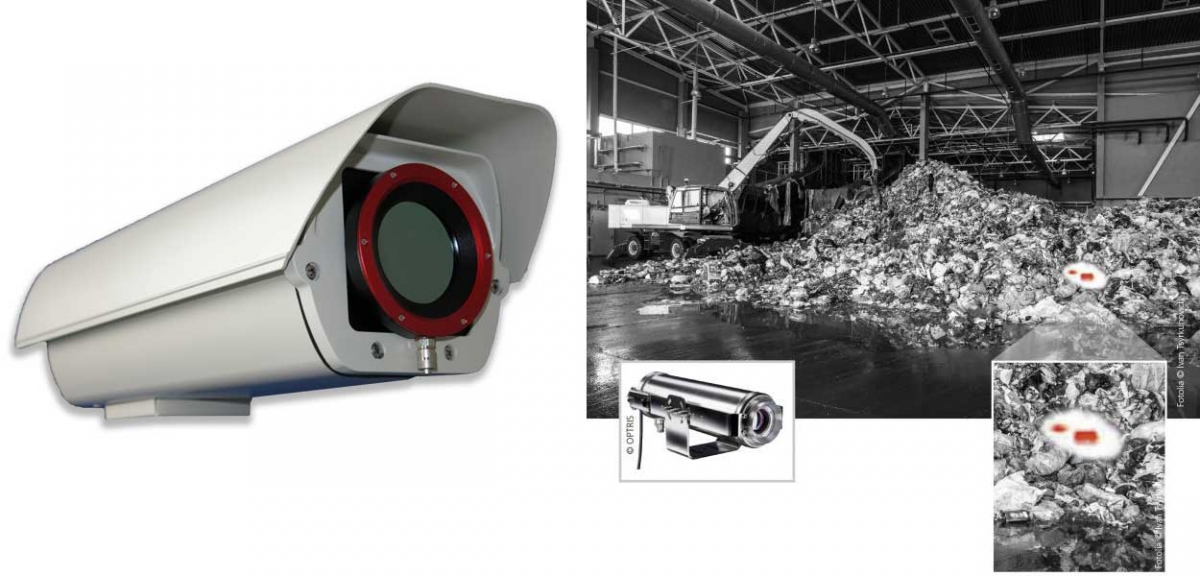Detection system for early fire detection using innovative gas sensor techniques and evaluation methods resulting in minimal false alarms.
Fire detectors GSME of the ADICOS series are fire gas detectors with advanced multiple-criteria technology for gas sensing. Smouldering and open fires are detected early. The “GSME-Ex” models can be used in areas where combustible dust leads to fire or explosion hazard (Zone 20).
Features:
- ADICOS detectors for dust-explosive atmospheres (Zone 20)
- Wide range of sensor configurations (all standard types are available as an explosion proofed model)
- Selective and early registration of a large spectrum of gases of the entire fire spectrum especially for smoldering fires.
- Insensitive to present background gases and various exhaust gases
- Insensitive against air humidity severe dust contamination and airflow
- Low spurious alarm rate due to multiple- criteria evaluation and integration of the knowledge basis and the experience of a variety of fire patterns in each detector
- Standard display by three-color LED: Alarm (red), fault (yellow), operation (green)
- Integrated Interfaces:
- Industrial bus system (MBus) as data and service interface and for the connection to the ADICOS BMZ30
- Switch contacts alarm / fault
- Optional Interface to central fire detection systems with individual identification (SIGMALOOP)
- Central registration, display, protocol and storage of all data and conditions of all detectors
- Parametering and adaption by remote maintenance
- Update of the detector programming via service bus system
- Simple installation and wiring
- All components are integrated in an aluminium housing
Application Areas:
- Early warning systems for the overall area of storage, preparation and distribution in coal dependent power plants.
- Monitoring of warehouses and production facilities for paper, timber, flour, grain, waste, etc.
- Control of transport space in ships, air planes, vehicles.
- Suitable for environments contaminated by dust and humidity.
T&B Electronic – Infrared Early Fire Detection System
Detection system for early fire detection using an infrared sensor camera resulting in minimal false alarms.
- Where paper, waste, and fuels are stored in closed bunkers and open spaces, reliable equipment for fire detection and fire-fighting is required.
- Self-ignition of the stored materials or contamination by hot materials can result in fires which constitute a high risk for both operators and the environment.
- One effective preventative measure is an early fire detection system on the basis of an infrared camera incl. evaluation of the thermal images using software.
- The thermographic images are displayed with a black-and-white scale. Dark areas stand for cold sections, light areas for high temperatures. When preset temperature limits in the scanned area are exceeded, the software signals the alarm state.
- The infrared cameras, in a compact or weatherproof housing, continually measure the temperature distribution at the different positions. Thanks to the infrared technology, the measuring result is not influenced by smoke or dust.
- In the event of a fire, areas that exceed the temperature limits are colored red. This enables the user to detect the location of the fire immediately and trigger fire-fighting measures.
- Alarms and system states are displayed on the monitor and on the control panel. External alarm equipment options (forwarding to a manned control centre, alerting of personnel e.g. via text message) and fire-fighting can be triggered directly.
- When combined with a water mist extinguishing system, the system is able to put out fires automatically. For this, the monitored area is divided into individual sections, each of which is assigned to a sprinkler alarm valve station.
- Since the camera determines the position of the source of the fire precisely, the specific water mist extinguishing section located above the source of the fire can be actuated. This minimises the use of extinguishing water.



